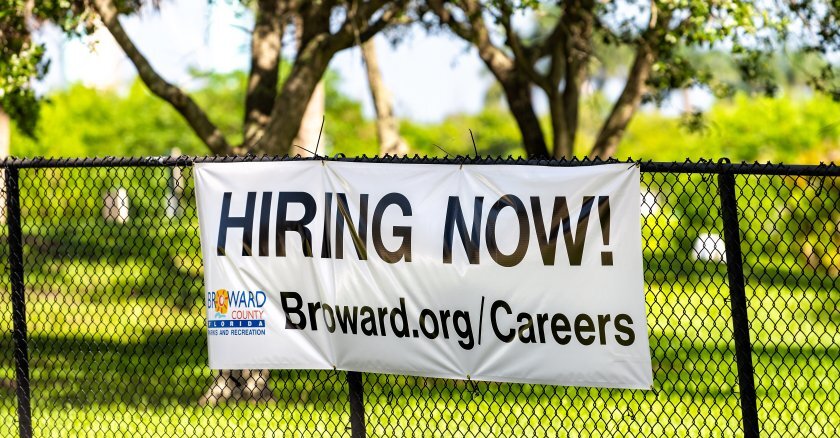At the same time, vacancies in federal, state and local governments totaled 1,080,000 positions at the end of 2022. I’m no mathematical genius, but is it possible there might be some way to move at least some of those laid-off tech workers into jobs in public service?
Sure, most government workers don’t enjoy pingpong tables, catered meals, beer bashes, concerts, massage specialists and 10 grand to customize their work spaces. But the fact is, such perks were already beginning to disappear at some tech workplaces, a decent number of tech workers never had them, and now none of the newly unemployed have them either.
Yet even those who are accustomed to fancy Santa Clara or palatial Palo Alto workplaces in California might find themselves at home in public-service jobs. After all, the mission statements for many tech startups at least pay lip service to lofty goals like improving the quality of life on the planet. “We ignite opportunity by setting the world in motion,” says one. “Be Earth’s most customer-centric company,” says another. And then there’s “Our mission is to empower every person and organization on the planet to achieve more.”
Another myth is that the private sector — particularly when it comes to tech — is especially innovative while the public sector is not. Learning why the public sector operates as it does could be an important education for these former tech workers. It might make them better citizens — or at least better-informed citizens.
Firefighters run into buildings from which people are running out. Teachers reach kids despite all the obstacles of inequity, poverty and mental health issues. Social workers provide lifelines to the dispossessed, disenfranchised and disregarded. Public service is the home of everyday heroics.
Those are just the more public examples of public service. Government workers keep space stations and weather satellites aloft. Entire regional systems are created and maintained by people with wide-ranging expertise that not only includes specific knowledge of a particular field — such as mental health, water quality control, waste management or transportation equipment but also an understanding of important demographic information and trends.
Services must be delivered when and where they need them, sometimes anticipating needs years in the future. That takes the kind of problem-solving tech workers are likely to embrace and at which they are likely to excel. And governments at all levels need websites, developers, programmers and tech support.
Some may decide they’d like to ditch the digital world and go full-on analog. You can walk miles a day — and in the footsteps of two future presidents, plus John Prine, John Brown and Walt Disney — as a U.S. Postal Service employee. Our parks offer workers time in nature or in solitude (fire lookout seems like an introvert’s dream). And the New Mexico Department of Game and Fish posted a conservation-officer job whose duties include cuddling baby bears. A lot of people would prefer that to pingpong at lunchtime.
Government service isn’t for everyone, and it does no one any good for someone not very public-spirited to take such a job. But there are plenty of opportunities for a laid-off tech worker to find a place in public service. The American Federation of State, County and Municipal Employees even launched a campaign to recruit for a half a million positions waiting to be filled. Why not give it a try?
Until then, be sure to access your unemployment insurance benefits. It can be a little complicated, but luckily public-service workers are available to walk you through the process.
©2023 Progressive Perspectives. Distributed by Tribune Content Agency, LLC. Jeff Hagan is the communications director at In the Public Interest.
Governing's opinion columns reflect the views of their authors and not necessarily those of Governing's editors or management.
Related Content













